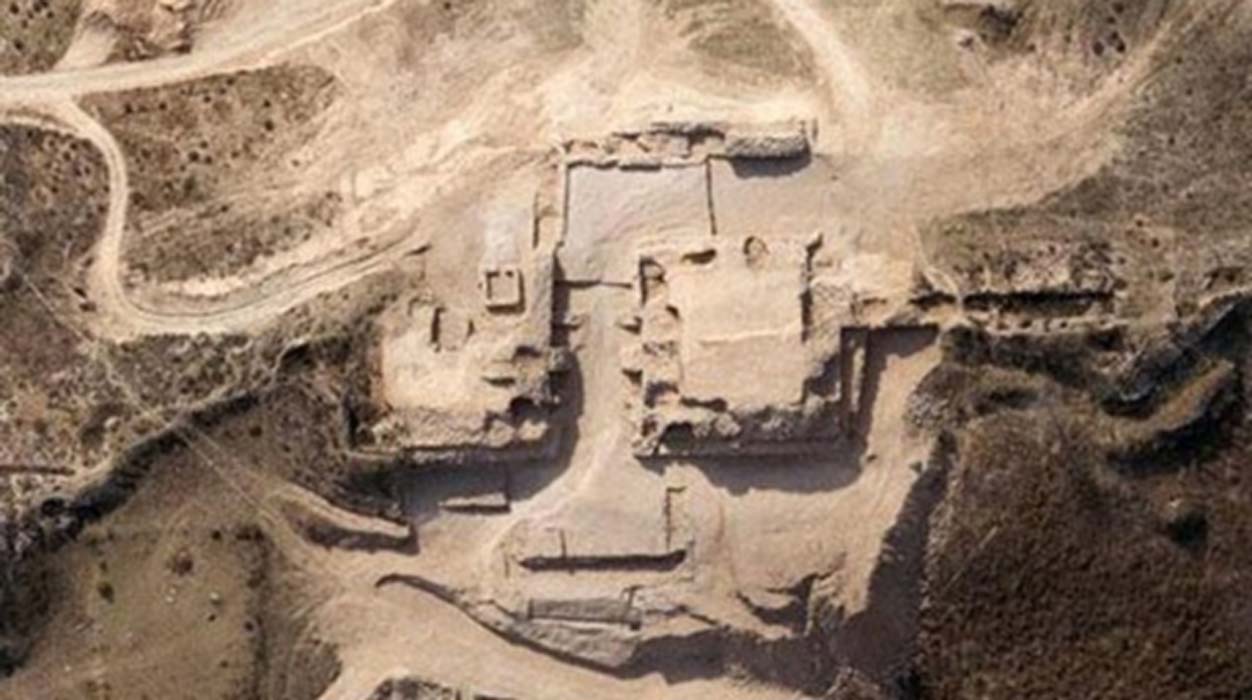Shimao City Ruins: This Massive Prehistoric Site Rewrites Chinese History
It took almost two years of surveying, exploring, and excavating, but it was worth it for archaeologists in China – the long days and months helped them confirm the discovery of the largest prehistoric city ruins in China. Known as theShimao ruins, the site extends over four square kilometers (1.5 square miles).
The Shimao ruins are Neolithic ruins that have been dated to 2000 BC. They are located at the northern edge of Loess Plateau in Shaanxi Province. These ruins were found in 1976 and declared a Protected Monument of National Cultural Heritage 30 years later. However, a thorough study of the site didn’t take place until 2011.
- Insights into Imperialism as China's Most Ancient Imperial Palace is Discovered in Shanxi
- Submerged Ruins May Be the Seaside Palace of the First Emperor of China
- 3000-Year-Old Earthworks Confirmed as Sun Worship Altar on China’s Silk Road

Loess landscape near Hunyuan, Shaanxi Province, China. (Till Niermann/CC BY SA 3.0)
The site is rich in archaeological features. Researchers examining the ruins have detected fortified gates and stone walls that surrounded the city, palaces, houses, tombs, workshops, and sacrificial altars. One of the interesting features that came to the surface in 2013 is a large outer gate which was constructed using complex and advanced techniques. Sun Zhouyong, a researcher at Shaanxi Archaeology and Research Institute,discussed the age of the defensive features, “Defences built alongside the city walls were thought to date back to the Spring and Autumn periods of the eighth to fifth centuries BC. But this discovery has redefined that history.”

Fortification wall in the Neolithic settlement site of Shimao (Shaanxi, China). (archaeology & arts)
Artifacts such as jade, murals, and countless pottery shards support the belief that Shimao was an important prehistoric city.
- Brush strokes on very ancient murals may rewrite the history of art in China
- An Ancient Rice Field and a Lost Palace: Archaeologists Get a Double Dose of Luck in China
- The Ancient Chinese Merchant Town Qikou: A Forgotten Jewel on the Banks of the Yellow River

A jade artifact found at Shimao. (Siyuwj/CC BY SA 4.0)
The researchers also found the skulls of 70 to 80 young women buried in a mass grave.Sun Zhouyong said “The skulls show signs of being hit and burned. This collective burial might also have something to do with the founding ceremony of the city.”
The discoveries at the Shimao ruins have helped clarify and rewrite part of the story of what life was like in prehistoric China.
Top Image: Part of the Shimao ruins in China. Source:archaeology & arts



















